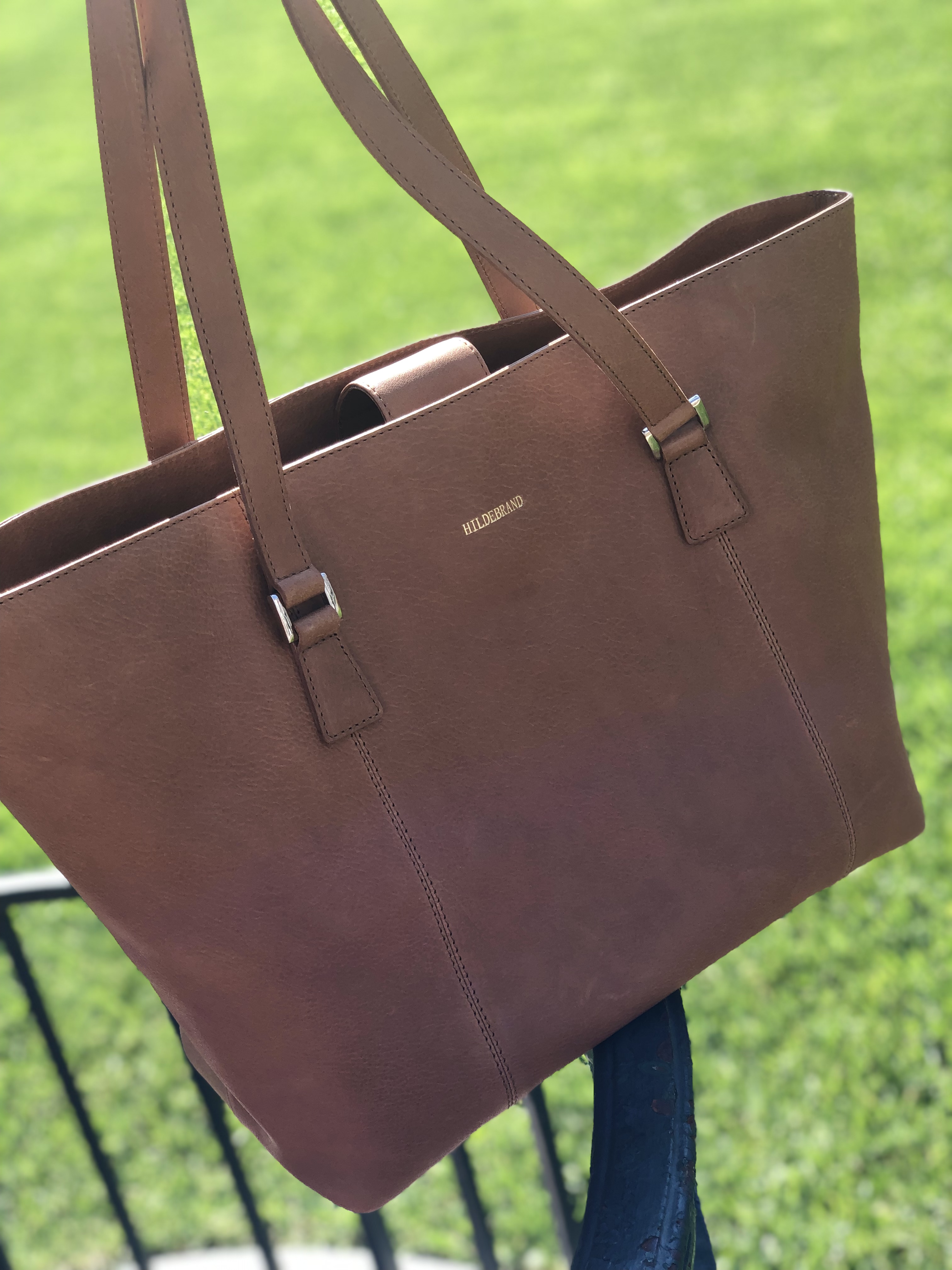

Remove the capacity from the inputs as it is embedded in the weights now.

Divide the prices by the maximum price of the problem.Normalizing the input is a part of every machine learning project as it helps the model to generalize better. After creating the problem, we use brute force to find the optimum solution.Ī generated knapsack problem: Weights: Prices: Capacity: 27 Optimum solution: We use random integers for items’ weights, items’ prices and the capacity of the knapsack. In this article, we try to solve the knapsack problem using neural networks. It derives its name from the problem faced by someone who is constrained by a fixed-size knapsack and must fill it with the most valuable items” “Given a set of items, each with a weight and a value, determine the number of each item to include in a collection so that the total weight is less than or equal to a given limit and the total value is as large as possible. Our goal is to maximize the profit while keeping the sum of chosen items’ weights less than the knapsack’s capacity. The thief’s profit is calculated via summing over the chosen item’s values. The thief has a knapsack with a determined capacity which indicates the maximum amount of weight that he (or she) can carry. There are some items available to be robbed. My lovely computer algorithm teacher explained the knapsack problem to me using this story. Solving the problem of knapsack using neural networks not only helps the model run the knapsack algorithm internally but also allows the model to be trained end to end. However, designing a model that can run the algorithm internally have some advantages. You may run the algorithm after running the inference.

Sometimes it is as simple as finding the index of the maximum output, other times, more advanced algorithms are needed. In some cases of data science, it is needed to run a specific algorithm on the output of the model to get the result. Solving the knapsack problem using neural networks


 0 kommentar(er)
0 kommentar(er)
